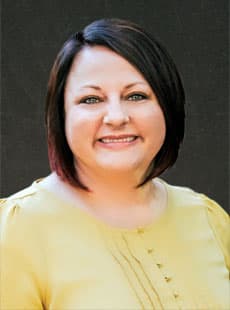Utah Core
•
Curriculum Search
•
All Language Arts - Elementary Lesson Plans
•
USBE Language Arts - Elementary website
Educational Links
Writing Standard 3
Write narratives to develop real or imagined experiences or events using effective technique, descriptive details, and clear event sequences.-
American Colonial Life in the Late 1700s: Distant Cousins
After completing these activities, students will be able to: identify the original thirteen British colonies on a map; understand how physical geography affected settlement; understand how settlers' backgrounds influenced their values, priorities, and daily lives; examine artifacts and make inferences about the people and the historical periods that they represent; imagine typical daily life for different families in colonial America in the late 1700s; write a letter from the viewpoint of someone who lived in a different time and place. -
Can I have a Word?
Giving teachers new ideas and resources to inspire creative writing in the classroom. -
Fifth Grade On-Demand Narrative Writing Samples
Sample narrative pieces written by fifth graders in response to a uniform text-based prompt. -
Fifth Grade Range of Writing Narrative Writing Samples
These pieces provide examples of narrative writing for a range of discipline-specific tasks, purposes, and audiences, over both extended and shorter time frames. -
It Came From Greek Mythology
This page contains 6 EDSITEment lessons based around teaching Greek mythology. Students will study basic plots of three Greek myths and discuss three types of themes in Greek myths. They will also explore contemporary uses of terms from Greek mythology and analyze artistic and literary works based on or inspired by Greek myths. -
The Omnivore's Dilemma: Close Reading of a Non-Fiction Text
In this Teaching Channel video you will learn a variety of ways to help readers interact with non-fiction, especially as they learn to annotate the text in order to hold and concentrate their understanding. -
Time for Kids
A student version of this popular news magazine. Includes current news articles, homework tips, games, surveys and polls, and links to other magazines. -
Using Picture Books to Teach Characterization
This ReadWriteThink lesson invites students to examine the craft of developing characters through focused experiences with pictures books. Through the careful analysis of character portrayal using the text and illustrations as cues, and online tools such as the ReadWriteThink Story Map, students have the opportunity to build bridges from their own experiences as readers to those skills needed as writers. -
Writing with Writers
This sites provides a variety of workshops created by popular authors. Some of the workshops covered include biographies, journal writing, fairy tales, myths, etc. The workshops explain the writing process and some provide opportunities for submission.


 UTAH EDUCATION NETWORK
UTAH EDUCATION NETWORK

 Justin
Justin Braxton
Braxton Dani
Dani Kayla
Kayla Katie
Katie Matthew
Matthew Rob
Rob Val
Val
